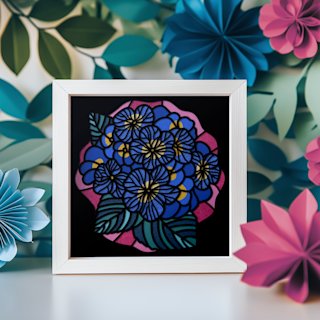Ever spent hours on a papercut project, only to end up with jagged edges, torn paper, or a design that just doesn’t look right? You’re not alone. Papercutting is a stunning art form, but even the smallest mistakes can ruin your masterpiece. The good news? These blunders are easy to fix - and we’re here to help.
Why Mistakes Happen.
Papercutting is all about precision, but even the most experienced crafters make mistakes. Whether it’s using the wrong paper or rushing through the details, these errors can turn a dream project into a disaster. But don’t worry - we’ve got the fixes you need to craft like a pro.
From jagged edges to unbalanced designs, small errors can make your papercuts look amateurish. But with the right techniques, you can create clean, professional results every time.
1. Using Low-Quality Paper
Mistake: Cheap paper might save you a few dollars, but it can cost you your entire project. Thin, flimsy paper tears easily and doesn’t hold its shape, leaving you with a messy final product.
How to Fix It: Use high-quality paper with a thickness of 150-250gsm for the best results. The stronger the paper, the cleaner and sharper your cuts will be. Don’t forget to pick a smooth surface for your designs to ensure your blades glide effortlessly.
2. Using Dull Blades
Mistake: A dull blade is the enemy of precision. Jagged edges and uneven lines are often the result of a blade that’s past its prime.
How to Fix It: Always use sharp, high-quality blades. A fresh blade ensures smooth, clean cuts with no ragged edges. Consider changing your blade regularly if you’re working on larger projects or cutting intricate details.
3. Improper Cutting Mat Setup
Mistake: A shifting paper can ruin your design in seconds. Without a proper cutting mat, your paper won’t stay in place, leading to uneven cuts and misplaced details.
How to Fix It: Make sure you use a good cutting mat with adhesive properties to keep your paper in place while cutting. Additionally, always make sure your mat is large enough for your design to ensure a stable workspace.



